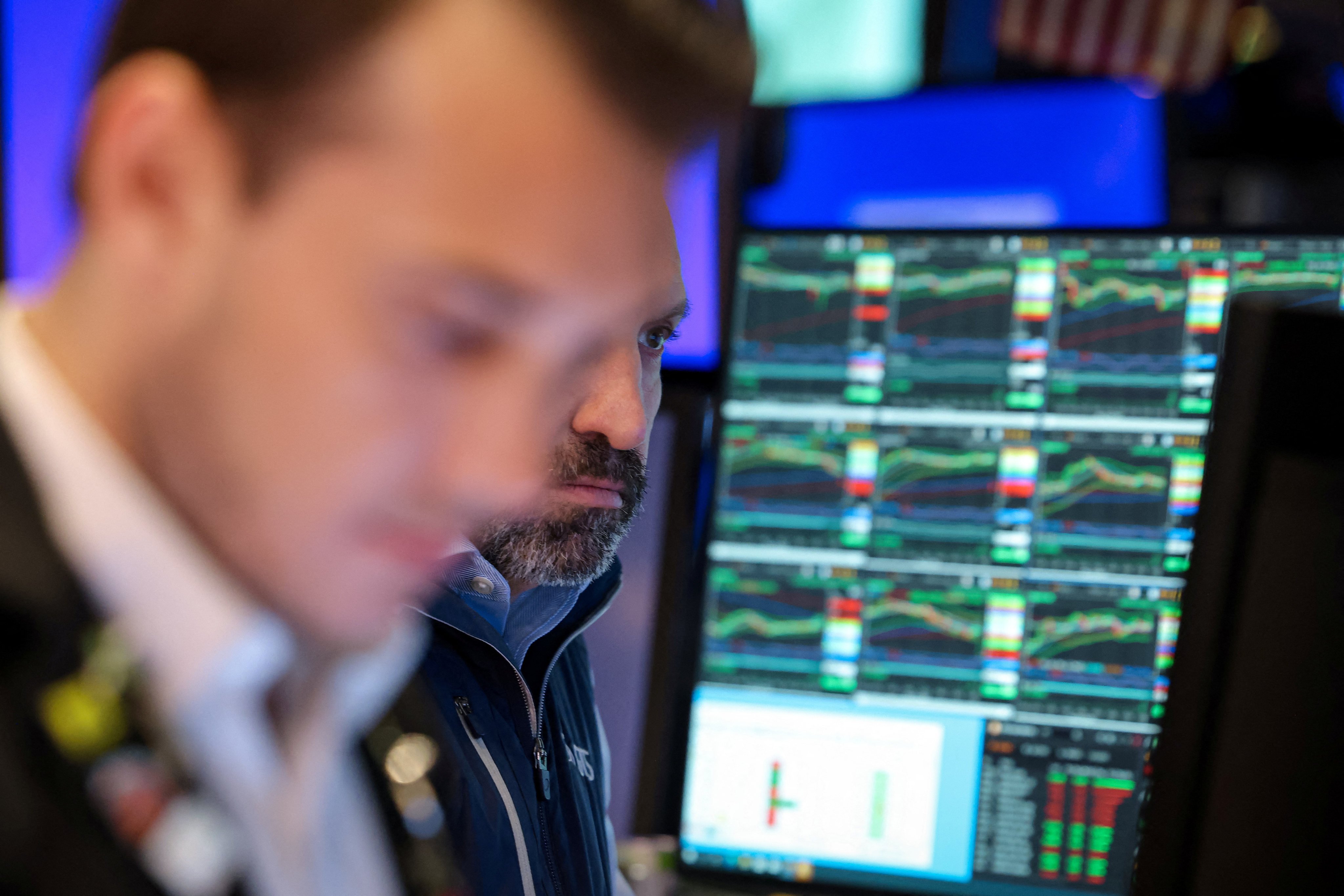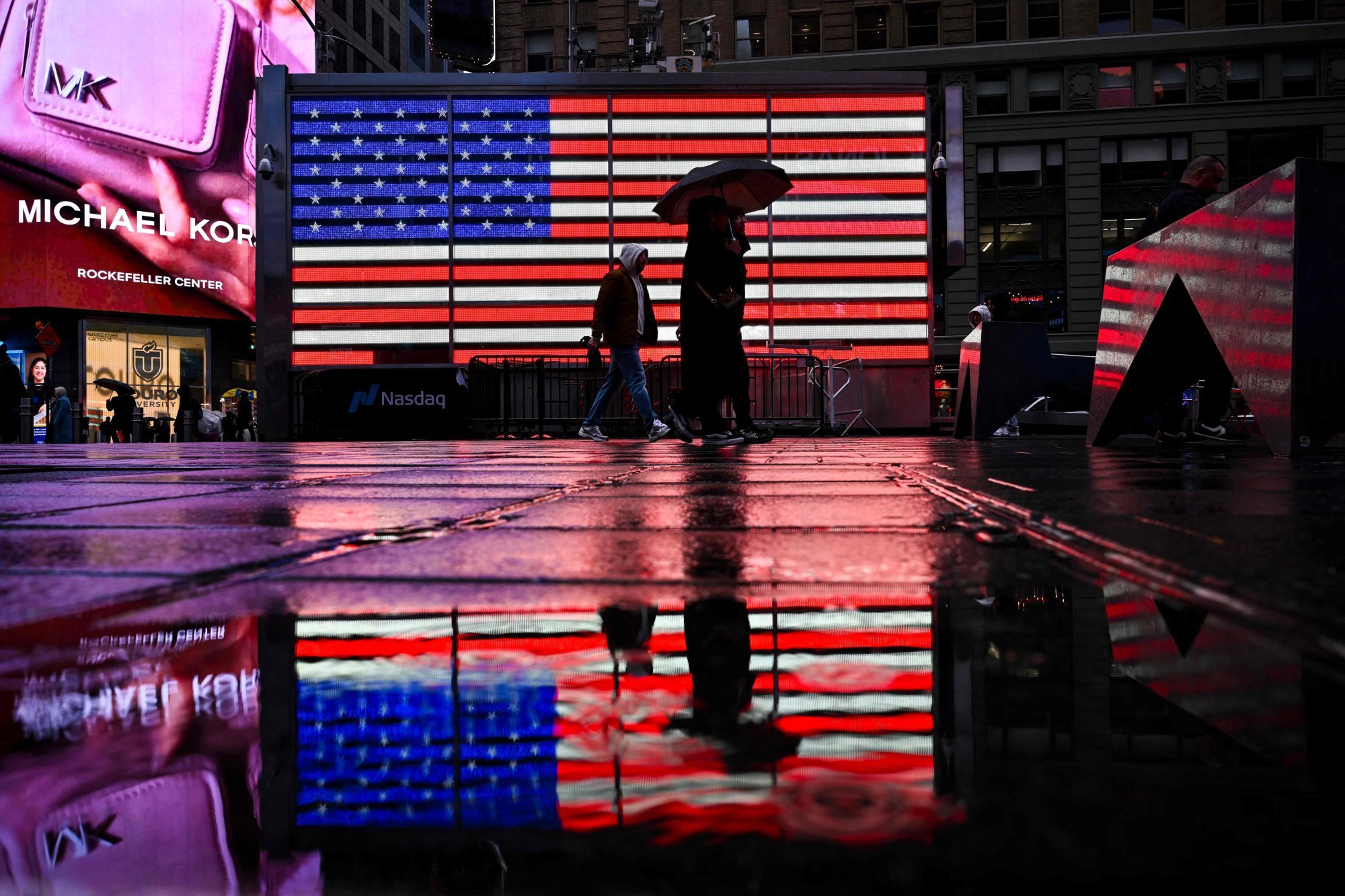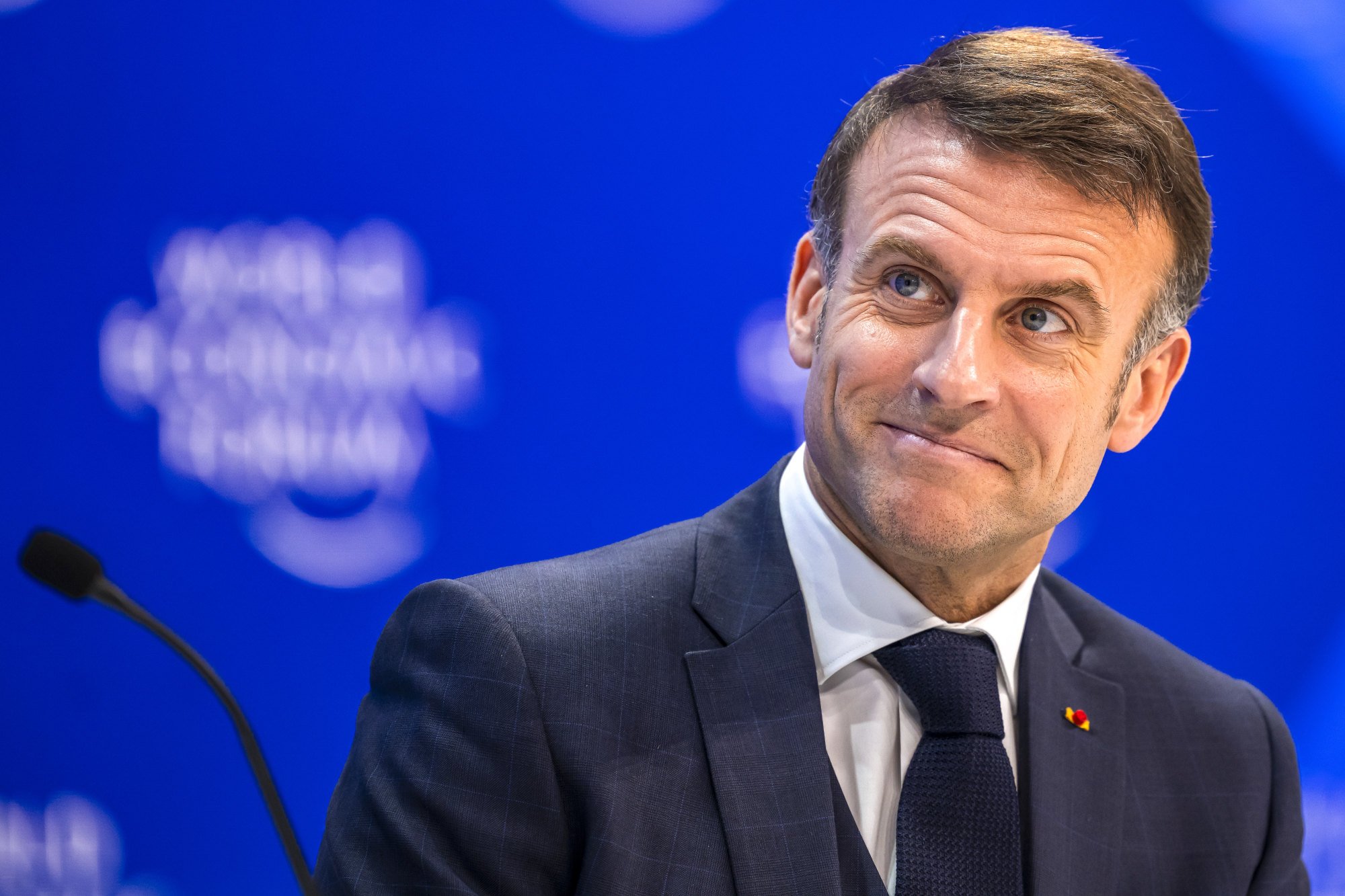No, stock markets are not a barometer of the world’s economic health
Markets have largely returned to calm after the US-China trade truce but all is not as it seems

The storm is over, it seems, even before it really broke and the economic barometer is set to “fair” again in the wake of the US-China trade squall – so it would appear from the way markets are behaving. But the fact is that stock markets are no longer a reliable indicator of where the global economy is heading.
In emphasising equity market development, advanced (and, increasingly, emerging) economies have created a monster which demands to gorge itself constantly on fresh savings if it is not to bite the hand that feeds it – through erratic moves that create or destroy confidence.
Leading stock indices have largely returned to levels before President Donald Trump dropped his tariff bombshell on April 2, which appeared to signal an all-out trade war between the United States and just about everyone else. Was it really all just a storm in a teacup?
No. Although legions of fund managers (who have become masters of the financial universe through their control over trillions of dollars of pension fund and life assurance contributions and via mutual funds), would like us to believe that fiction.
The truth is that contributions paid into mandatory or voluntary savings vehicles – pension funds, life assurance policies, mutual funds, exchange-traded funds and the like – have become so big nowadays that they rival tax revenues in size, and they also influence government and private investment levels.
Not only that, they massively affect the movement of stock indices in both mature and emerging markets, and thereby influence investor and consumer psychology as well as capital investment, international capital flows and currency movements.
This helps to explain the apparent nonchalance of markets in the face of the Trump tariff threats, which have not really gone away but simply been put aside, the sword of Damocles ready to drop on anyone who resists Trump’s will (once the 90-day moratoriums on raising these levies to crippling proportions expires).
The equity investment tide waned for a while in the immediate aftermath of Trump’s April Fools’ scare, with portfolio funds washing away from the shores of the US and Wall Street especially, and across the Atlantic to Europe. But the tide seems to have quite quickly rushed back into the world’s biggest equity and bond markets in the US.
There is a simple, though by no means universally appreciated, reason for this: global savings collection vehicles have become too big for the markets they invest in. The solution would seem to be either to expand the size and scope of these markets or discourage savings in favour of greater consumption.
The former seems the more palatable and more in line with contemporary economic thinking where what was formerly (and disparagingly) termed the “cult of the equity” has given way to the active pursuit of popular equity investment vehicles and instruments.
Capital markets will, meanwhile, not quickly shrug off the impact of Trump’s trade wars and revert to the status quo ante, where it was assumed US financial markets (especially Treasuries, or US government bonds) would remain the dominant venues for international investment and capital raising.

The sheer and pervasive uncertainty about the reliability of US financial markets, let alone the future of the dollar, has already galvanised moves to accelerate the development of alternative capital markets in Europe and Asia.
In the European Union, for example, the 27 member states are moving towards a capital markets union to create a single market for capital. The aim is to get money – investments and savings – flowing across the EU to benefit consumers, investors and companies.
At the same time, the Asean Economic Community Blueprint envisions a region with interlinked capital markets that facilitate greater trade and investment flows. Members of the Association of Southeast Asian Nations believe a deeper and more liquid capital market helps channel funds to where they are needed, and they are building the infrastructure to develop their capital markets.
In time, these developments should expand the size of the reservoir into which global savings can be directed, beyond the current heavy bias towards US markets, into Europe and Asia where such savings now mainly go into banking systems or remain unbanked and uninvested.

However, for this to result in a more efficient and sustainable channelling of global savings into investment and more stable markets will also require a huge expansion in the number of companies or special-purpose vehicles listed on stock markets worldwide.
Failing that, governments will need to pick up the tab for financing a greater share of fast-growing global investment needs, which implies either a steep rise in taxes or a surge in already-record levels of government debt. Whichever course is adopted, it is time to abandon blind faith in the ability of existing stock markets to “tell it like it is” with regard to the state of the global economy.
In the immediate aftermath of the Trump tariff shock, foreign equity capital has fled emerging markets. Excluding China, emerging markets suffered a net outflow of US$900 million in the first quarter of 2025, according to the Institute of International Finance. This “suggests a marked pullback in broader risk-taking [and in] risk sentiment”, the IIF said.
It also suggests, in turn, that not only are global capital flows being dictated to an inordinate extent by the fund management industry but also that such flows are being influenced to an unhealthy extent by the “short-termism” that characterises much of the industry’s investments.